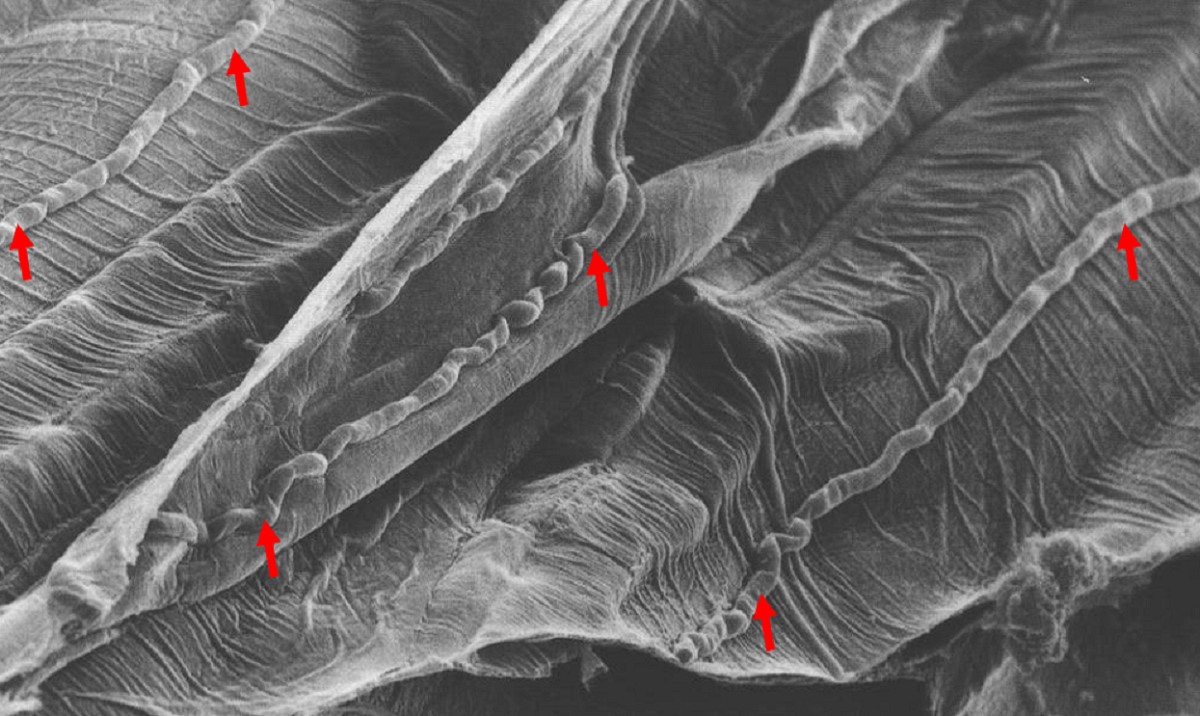What is an endophyte?
An endophyte is a fungus found naturally in many grass species, including ryegrass. It provides the plant with protection from insects and in return the plant provides the endophyte a place to live and reproduce. Endophytes can only be transmitted from one plant to another by seed. New endophyte strains can be introduced into different ryegrass cultivars, but there is no transmission between adult plants growing in a pasture. Endophytes produce a number of chemical compounds, the types and levels of these compounds produced vary between different endophyte strains and cultivars. Some compounds are toxic or act as a deterrent to particular insects (e.g. peramine and lolines) and some can adversely affect animal health (e.g. lolitrem B) and may depress animal performance when in high concentrations (e.g. ergovaline).

What is AR37?
AR37 is a novel endophyte that produces a unique compound, epoxy-janthitrems, which at the time had never been found in any other ryegrass/endophyte combination. Epoxy-janthitrems play a role in decreasing insect activity (feeding) while having minimal adverse animal production effects. They are also suspected of being a cause of ryegrass staggers, however, on average are less severe and frequent than standard endophyte. AR37 endophyte provides significant agronomic advantages, and is unbeaten for all ryegrass endophytes currently available in Australia and New Zealand where there is insect pressure. Improved pest resistance has resulted in improved ryegrass persistence and an overall increase in ryegrass production.

